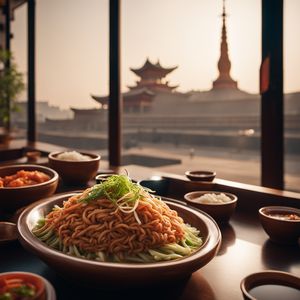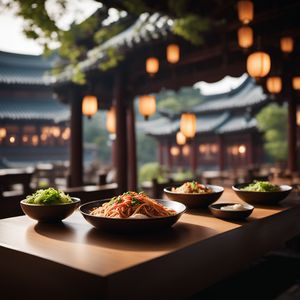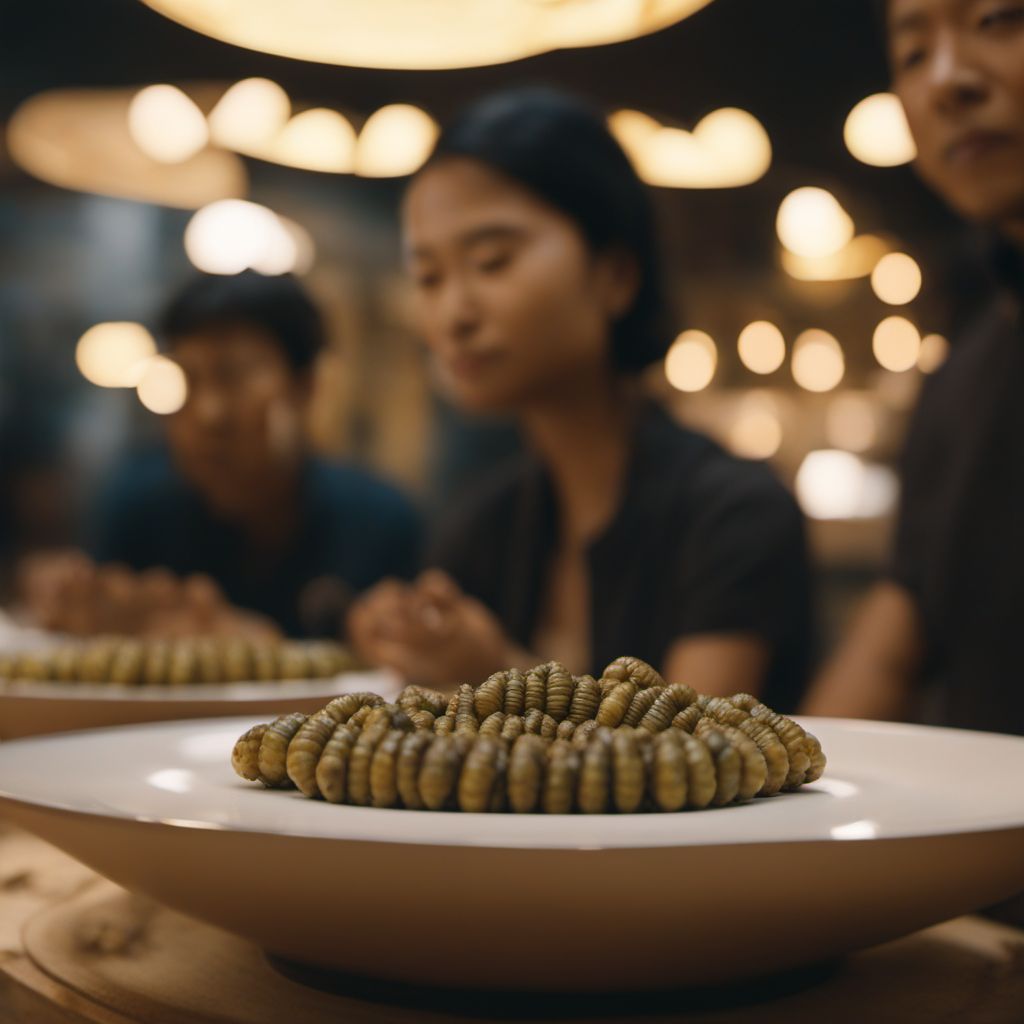
Dish
Beondegi
Silkworm pupae
Beondegi is made by boiling silkworm pupae in salted water until they are cooked through. The pupae have a soft texture and a slightly nutty flavor. This dish is high in protein and low in fat, making it a healthy snack option. However, it may not be suitable for those with shellfish allergies as it contains chitin, a substance found in the exoskeletons of insects.
Origins and history
Beondegi has been a popular snack food in Korea for centuries. It is believed to have originated during the Goryeo dynasty (918-1392) when silkworm pupae were used as a source of protein during times of famine. Today, it is enjoyed by people of all ages and is often sold by street vendors throughout Korea.
Dietary considerations
Gluten-free, shellfish-free
Variations
Beondegi can be made with different seasonings, such as soy sauce or chili powder, to give it a unique flavor. Some variations also include other insects, such as grasshoppers or crickets.
Presentation and garnishing
Beondegi is typically served in a small dish or bowl. It is often garnished with sesame seeds or chopped green onions.
Tips & Tricks
To make beondegi, it is important to use fresh silkworm pupae that have been properly cleaned and prepared. It is also important to boil the pupae until they are cooked through but not overcooked.
Side-dishes
Beondegi is often served with beer or soju. It can also be eaten on its own as a snack.
Drink pairings
Beer, soju
Delicious Beondegi recipes
More dishes from this category... Browse all »
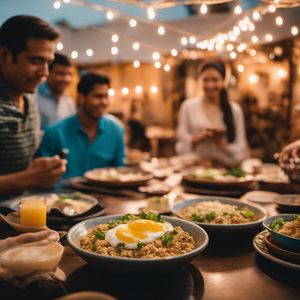
Ahuatle
Mexican cuisine

Anticucho de suri
Peruvian cuisine

Beondegi Soup
Korean cuisine

Catatos
Filipino cuisine

Chapulines
Mexican cuisine

Chicatanas
Mexican cuisine
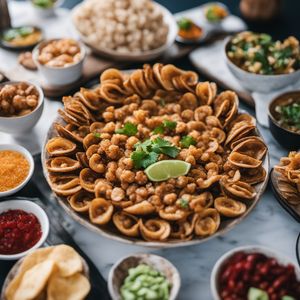
Chinicuiles
Mexican cuisine

Cuchamas
Mexican cuisine


